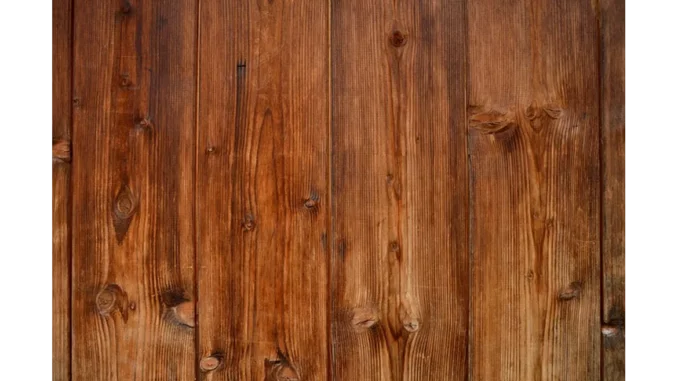
I recently had the pleasure of sitting down with Oliver Bennett, an experienced architect known for his extensive work in sustainable building design. Oliver’s insights into the role of windows in achieving BREEAM (Building Research Establishment Environmental Assessment Method) certifications provided a fascinating look into the intricate balance of performance, sustainability, and occupant well-being. Our conversation centred around the use of sustainable materials in window construction, a key factor for BREEAM’s holistic approach to green building.
Discover how Focus360 Energy can help with BREEAM certification.
The Journey to Sustainability
Oliver’s journey into sustainable architecture began over two decades ago. “Back then, sustainable architecture was more of a niche market,” he recalled. “Today, it’s a critical aspect of the industry. Clients are more aware of environmental impact, and certifications like BREEAM have set a high bar for sustainability.”
One of the most significant shifts Oliver has observed is the emphasis on using sustainable materials. “BREEAM has always been about looking at the bigger picture,” he stated. “It’s not just about energy efficiency; it’s also about the materials we use and their lifecycle impacts.”
The Role of Windows in BREEAM Certification
Windows play a pivotal role in the certification process. According to Oliver, BREEAM evaluates building sustainability based on several categories, with windows contributing significantly to energy efficiency, health and well-being, and materials sections.
“Energy-efficient windows are essential,” Oliver explained. “They reduce the building’s overall energy consumption and minimise its carbon footprint. But BREEAM goes beyond that. It also looks at how windows impact the health and comfort of occupants.”
He pointed out that good window design ensures optimal daylighting and maintains thermal comfort, both of which are central to the well-being category. “Natural light is crucial for mental health and productivity,” he noted. “BREEAM recognises that, which is why windows are so important.”
Emphasising Sustainable Materials
One of the standout aspects of BREEAM is its favouring of windows made from materials with a lower environmental impact. “Sustainable materials are a big deal,” Oliver said. “For example, using recycled or certified sustainable wood for window frames can earn significant points in the materials category.”
Oliver highlighted that BREEAM-certified windows often feature triple glazing, Low-E coatings, and frames made from eco-friendly materials. These features contribute to reducing heat loss, minimising drafts, and enhancing overall occupant comfort.
“Triple glazing and Low-E coatings are great for insulation,” he explained. “But the materials used for the frames are just as important. Recycled aluminium and FSC-certified wood are excellent choices because they have a lower environmental footprint.”
Technical Requirements and Innovations
Delving into the technical requirements, Oliver noted that windows in BREEAM-certified buildings must meet specific criteria. “Thermal performance is key,” he said. “In cooler climates, you want U-values below 1.0 W/m²K to minimise heat transfer.”
He also mentioned the importance of the Solar Heat Gain Coefficient (SHGC), which balances heat gain and loss depending on the climate. “Properly sealed windows help with air tightness, improving both energy efficiency and indoor air quality,” he added.
Innovative window technologies have also supported the push for green building certifications. “Low-Emissivity (Low-E) coatings, triple glazing, and argon gas-filled panes are game-changers,” Oliver remarked. “They significantly improve energy performance and occupant comfort.”
Practical Tips for Architects and Builders
Oliver offered practical tips for architects and builders looking to optimise window design for green building projects. “First, evaluate climate needs,” he advised. “Ensure that window specifications align with the local climate to optimise energy savings.”
“Consider natural lighting,” he continued. “Use high-performance windows to maximise daylight while minimising heat gain. This helps earn points in both LEED and BREEAM.”
Finally, he emphasised the importance of choosing sustainable frames. “Opt for window frames made from eco-friendly materials like FSC-certified wood or recycled aluminium,” he suggested. “It’s a simple step that can make a big difference.”
The Future of Sustainable Building
As our conversation drew to a close, Oliver reflected on the future of sustainable building. “We’re moving towards a more integrated approach,” he said. “Certifications like BREEAM and LEED are pushing us to think beyond just energy efficiency. It’s about creating spaces that are healthy, comfortable, and sustainable.”
He expressed optimism about the industry’s direction. “The focus on sustainable materials is here to stay,” he concluded. “And that’s a good thing. It means we’re building not just for today, but for future generations.”
Interviewing Oliver Bennett was an enlightening experience. His passion for sustainable architecture and deep knowledge of BREEAM’s intricate requirements provided valuable insights into how windows, when designed with sustainability in mind, can significantly contribute to green building certifications.
Kenneth George


Be the first to comment